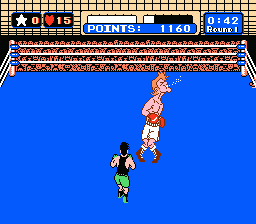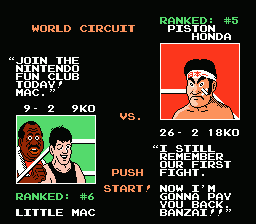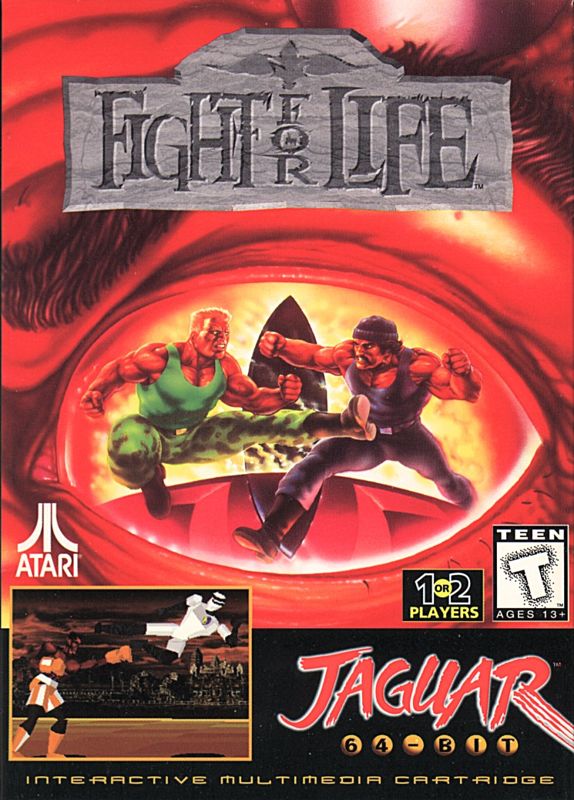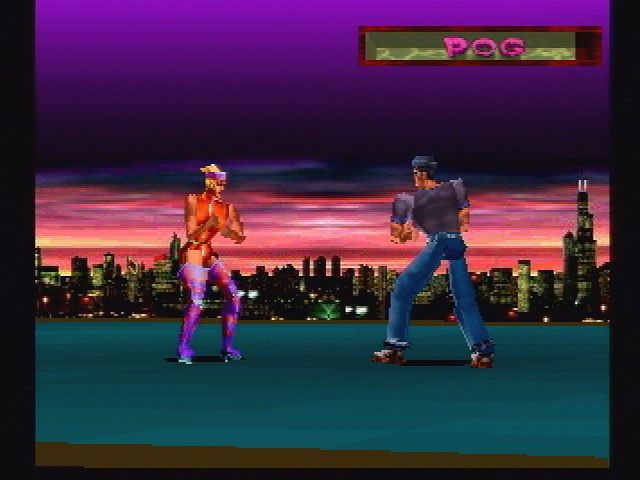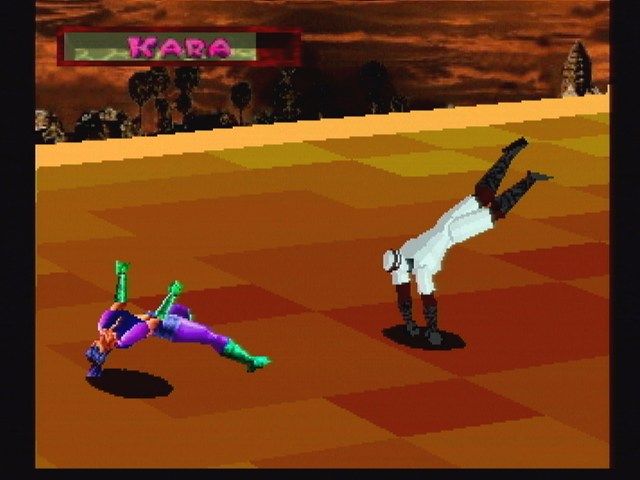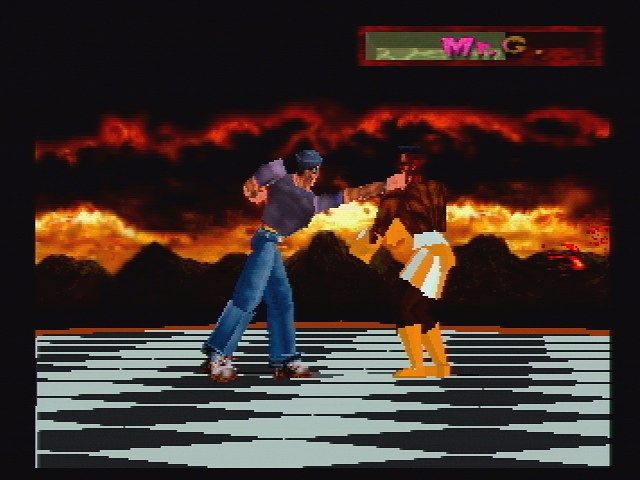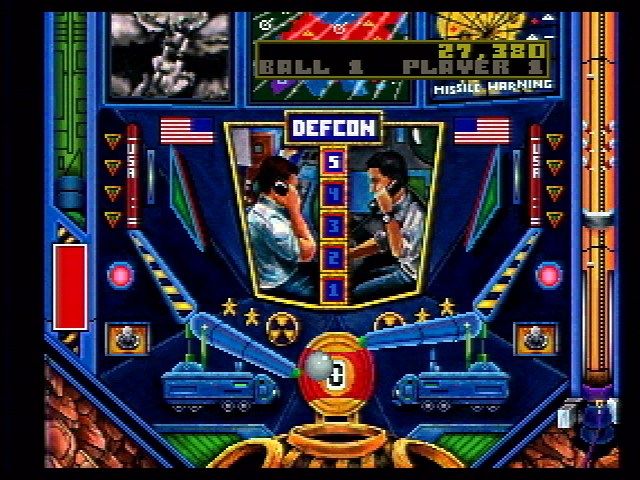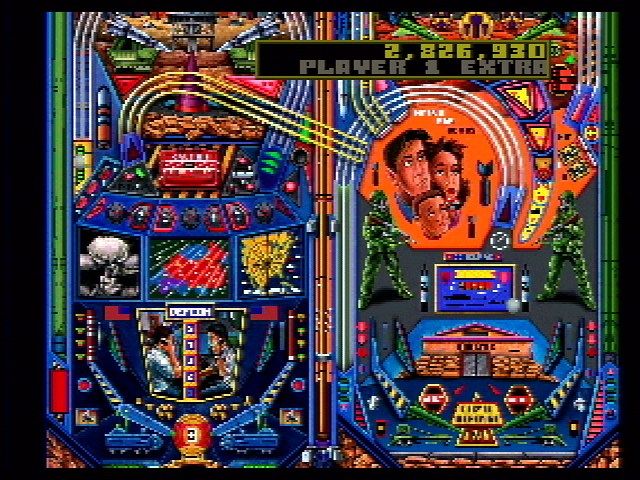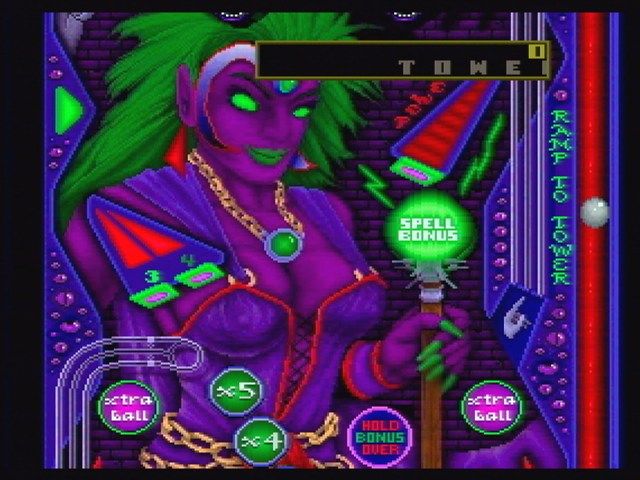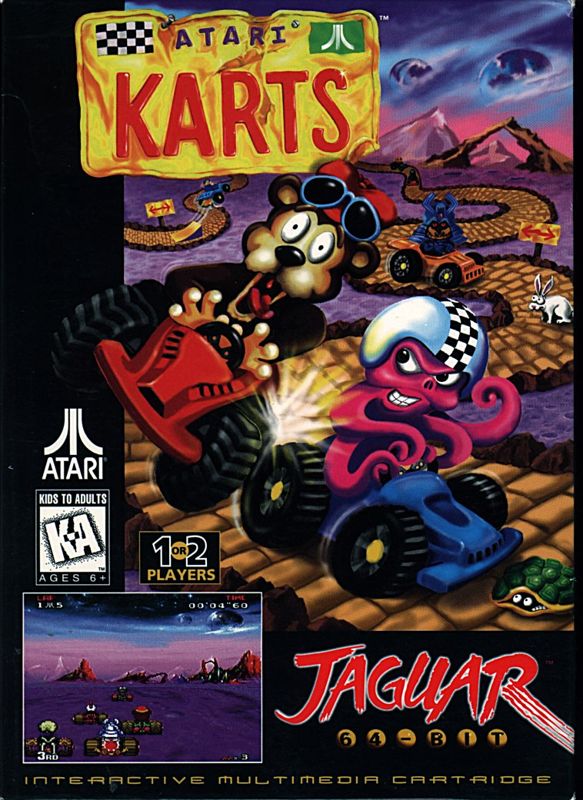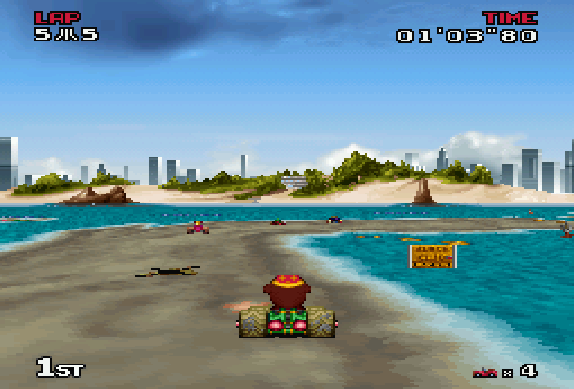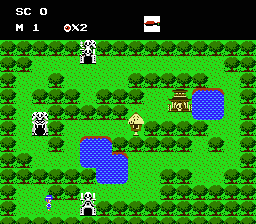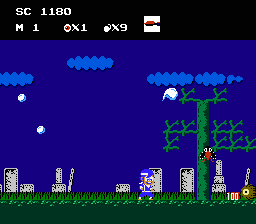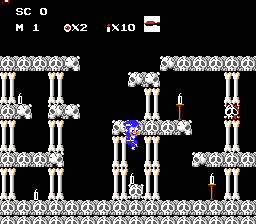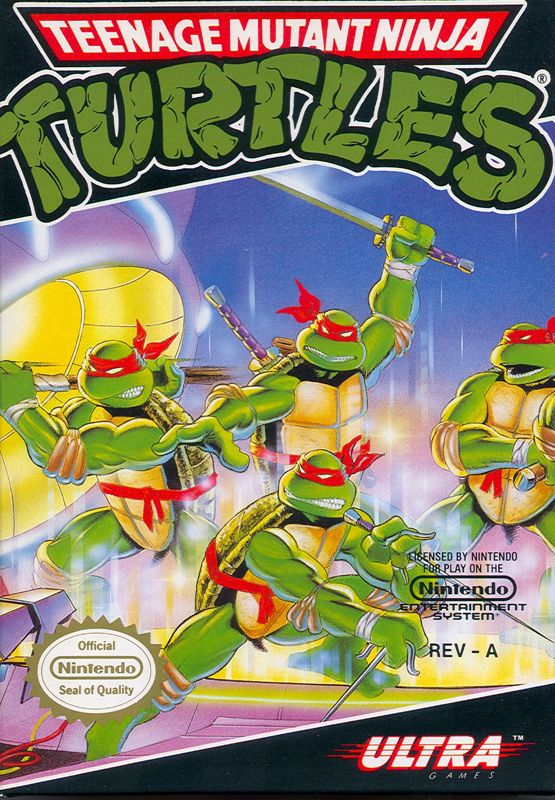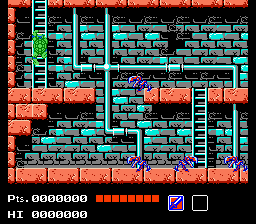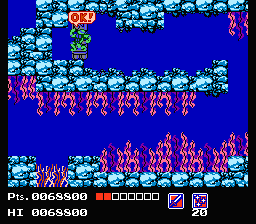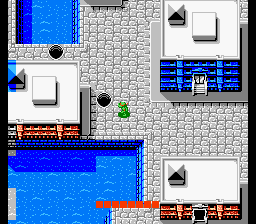Developer: Nintendo
Publisher: Nintendo
Release Date: 10-18-87
When playing Fight for Life I was disappointed by the game’s conspicuous lack of ropes. So, I decided to make up for it this time around and play one of my favorite games that prominently features ropes. Okay so ropes don’t make or break the game, but they do help illustrate how much a game can be improved with a strong sense of self. Nintendo decided to license Mike Tyson’s likeness for their American release of Punch-Out!!, but Tyson stands out as an odd beacon of reality inside a zany cartoon. And Mike Tyson’s Punch-Out!! never lets you forget that it is a zany cartoon even when it supposedly takes place in the real world. The characters are exaggerated, oddly colored giants with unique characteristics and personalities. Some of them have aged better than others, but they all help to make the game memorable. There were many boxing games released in the 80s, but this is probably the only one most people have heard of. That might not be the case if Little Mac fought generic muscle men in black shorts. Mike Tyson is still quite famous so that might help, but it’s just as well known in the later versions that have him taken out. What makes Mike Tyson’s Punch-Out!! special is the way it turns the whole concept of boxing on its head.
(I always felt like a Glass Joe in a world of Super Macho Men)
Mike Tyson’s Punch-Out!! is a master class in waiting. Most boxing games are all about aggression. You can get by in many of them just by punching a whole lot and ignoring what your opponent is doing. In Mike Tyson’s Punch-Out!! you have to wait for the right moment to strike. Typically, your opponents will attack first, and your strategy is all about reaction. You wait for them to twitch their eyes and do an uppercut so you can get in three or four punches and then wait for their next tell. Random punches will be blocked just about every time, and every missed punch will deplete your hearts until you are a worthless purple blob unable to fight back. So, you really have to know your opponent. This kind of personality was a revelation after years of sports games featuring stick men and nameless bald white guys. I’ve heard Punch-Out!! referred to as the original rhythm game because of its punch and wait gameplay with predictable moves from the opponents. Of course, famous firsts are rarely the actual first, and there are some earlier sports titles that employed similar mechanics. There were probably even earlier ones that have ropes. Punch-Out!! made it all memorable and fun however, and that’s the most important thing.
I originally played through this game maybe twenty-five years ago, so it’s surprising how well I still remember it. I felt like I could play through parts of it with my eyes closed. I even still remembered the password for the world circuit. I was hopeless against Mr. Sandman back in the day, so I entered that password dozens of times. You know it’s a good game when you can pick it back up after years away and still remember how to play. It’s not perfect of course. Three of the fighters are recycled in the world circuit, and while I enjoy the second Bald Bull fight, the other two don’t add much. The second Don Flamenco fight can even get downright annoying. It’s also rather short and can get repetitive. These are minor complaints, however. I always have fun going back to this game.
Mike Tyson’s Punch-Out!! is a standout of gaming’s big comeback year. It’s hard to find a more important year for gaming in America than 1987. It would see many of the ultimate franchises that have shaped gaming forever. That’s when we got The Legend of Zelda, Castlevania, Mega Man, Metroid, and many of the other most iconic NES games. Mike Tyson’s Punch-Out!! is one of the games that shaped 1987, and it’s hard to think of the NES without it. I still like Ninja Gaiden a little better, but I’m putting it above the excellent but less playable SMS Sonic the Hedgehog to give up a new #10. That gives us 20 good NES games so far which means I’m well on my way to proving to the world that there are more than 100 good NES games. It’s a responsibility I take very seriously, and I hope I am remembered for it in the future. What’s more important than Nintendo?
NES Quality Percentage: 20/36 or 55.55%

